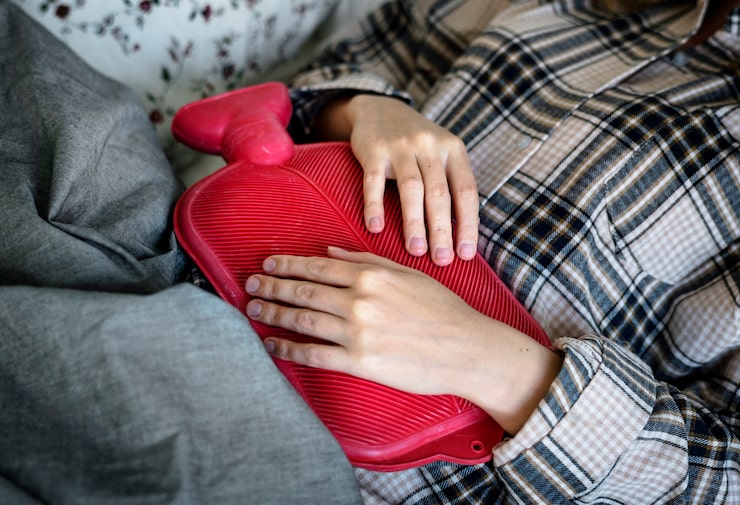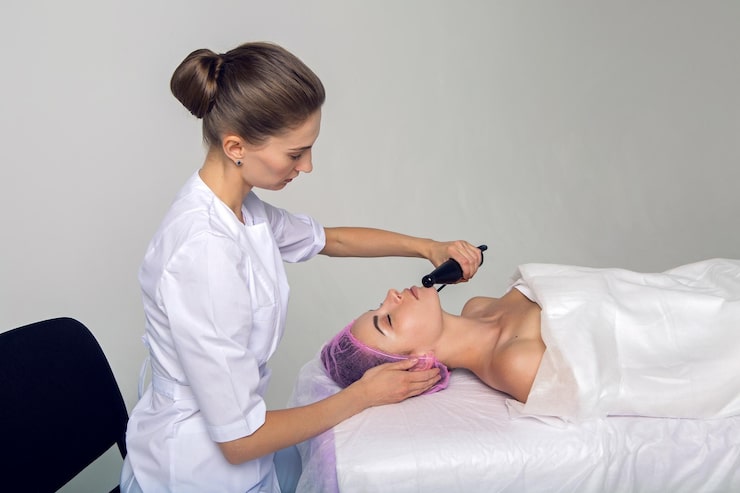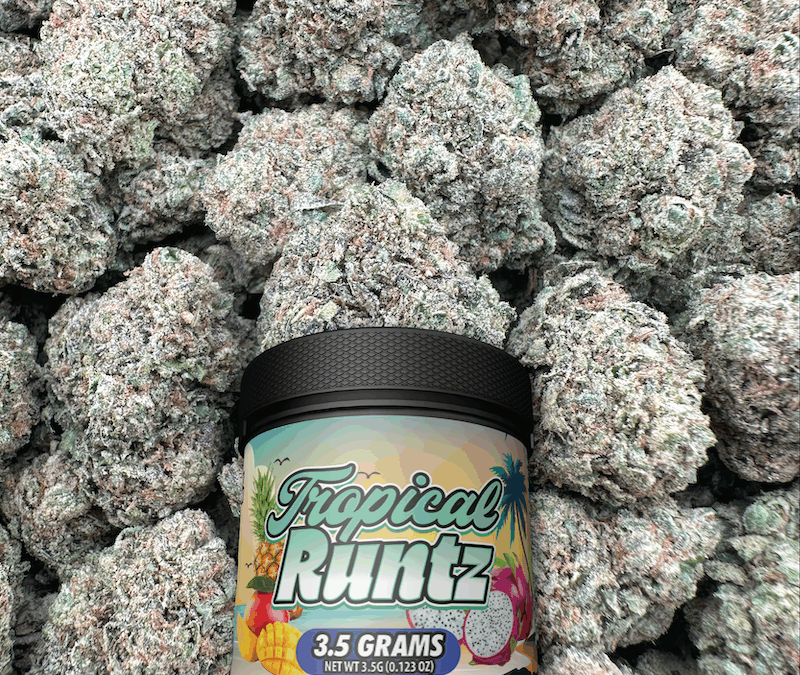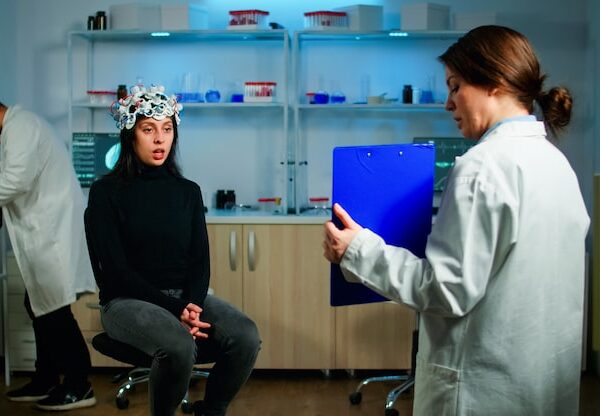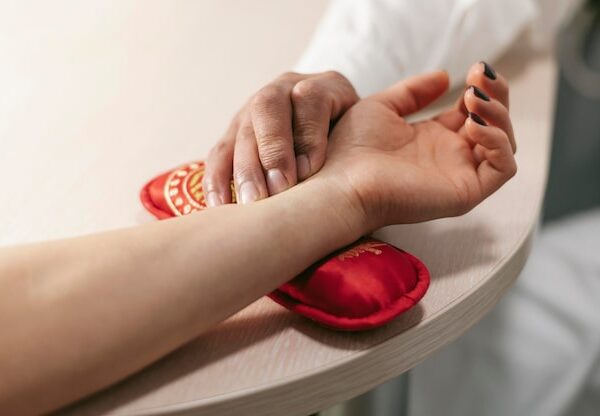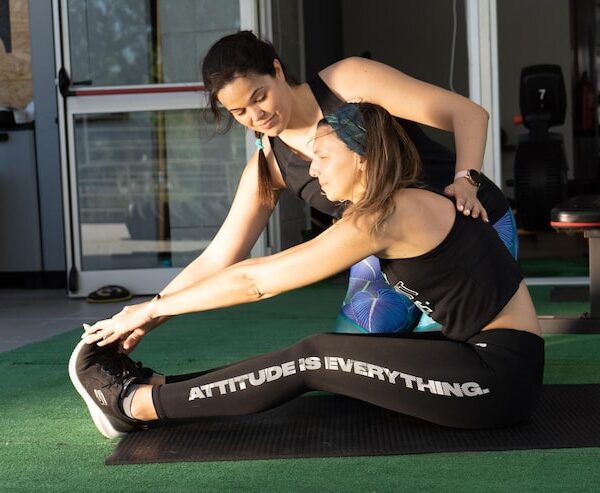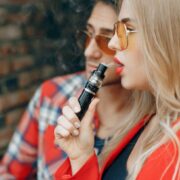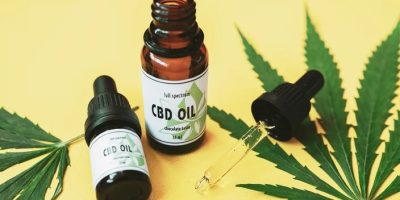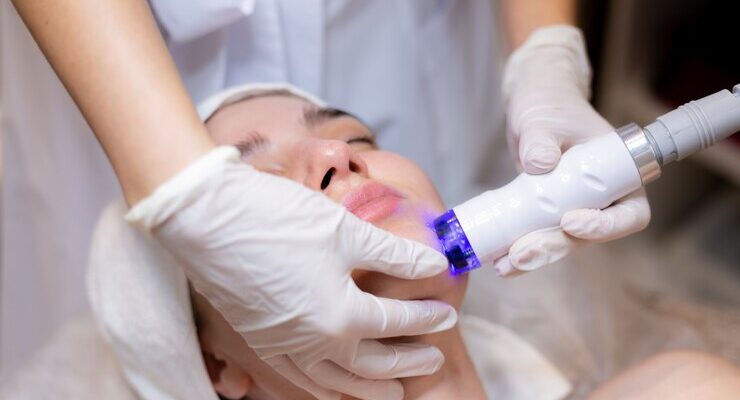
Eczema, also known as atopic dermatitis, is a chronic skin condition that can cause relentless itching, redness, and inflammation. For many people, managing eczema can feel like an ongoing battle, especially when standard treatments like moisturizers and topical steroids don’t provide enough relief. One increasingly popular and effective option is light therapy, also called phototherapy. This modern approach uses controlled ultraviolet (UV) light to help improve eczema symptoms. Let’s explore how eczema light therapy works, its benefits, types, and what you can expect from this treatment.
What Is Eczema Light Therapy?
Light therapy, or phototherapy, involves exposing the skin to specific wavelengths of ultraviolet light under the supervision of a medical professional. Unlike sunbathing or using tanning beds, phototherapy uses carefully calibrated UV light to reduce inflammation and calm the immune response that triggers eczema flare-ups.
The treatment works by reducing the number of immune cells in the skin—especially T-cell lymphocytes—that cause inflammation and itching. By suppressing these cells, phototherapy helps the skin heal, leading to less redness, scaling, and discomfort.
How Does Light Therapy Work?
During phototherapy, the skin is exposed to UV light for a controlled amount of time. The UV light slows down the overactive immune response in the skin, which is responsible for eczema’s inflammation. Over time, this leads to:
- Less redness and swelling
- Reduced itching
- Smoother, clearer skin
Treatments are usually scheduled two to three times a week for several weeks. Sessions start with brief exposures—sometimes just seconds—and gradually increase to several minutes, depending on your skin’s tolerance and response.
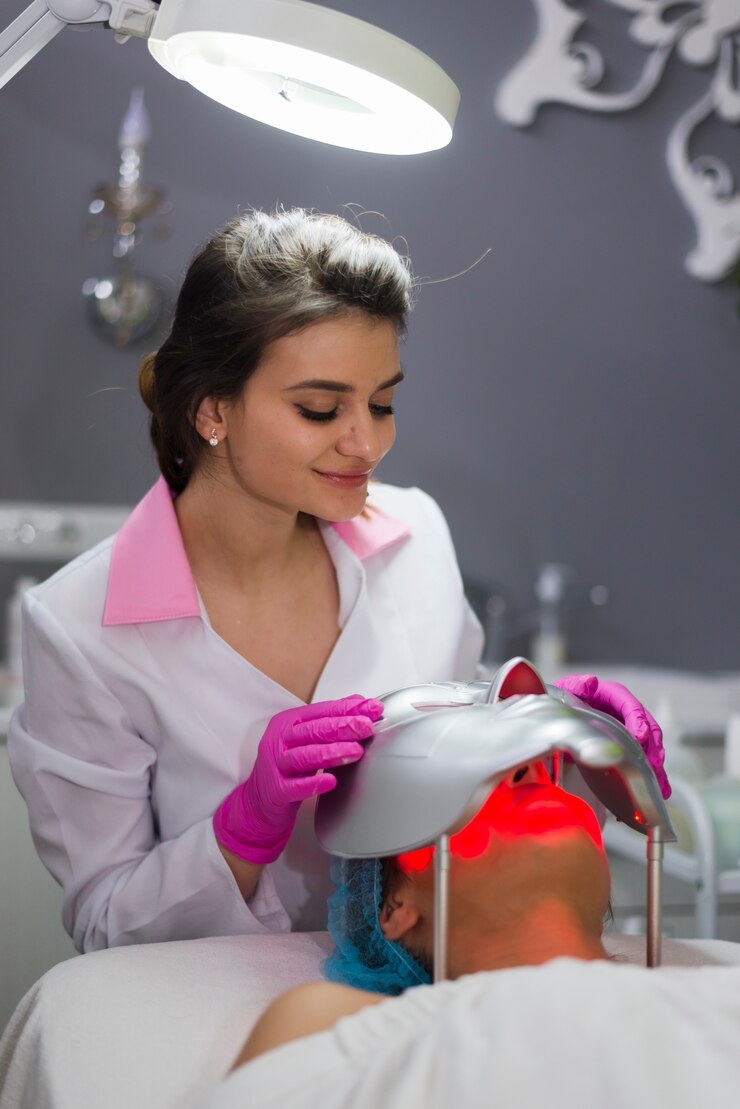
Types of Light Therapy for Eczema
Narrowband UVB (NB-UVB)
This is the most common and preferred form of light therapy for eczema. Narrowband UVB uses a specific wavelength of UVB light that effectively reduces inflammation with minimal side effects. It’s considered safe and effective for both children and adults with moderate to severe eczema.
Broadband UVB
An older form of therapy that uses a broader spectrum of UVB light. It’s less commonly used today because narrowband UVB is more targeted and has fewer side effects.
UVA and PUVA Therapy
UVA light therapy is sometimes combined with a medication called psoralen (PUVA therapy), which makes the skin more sensitive to UVA light. While PUVA can be effective, it carries a higher risk of side effects and is generally reserved for severe cases.
Red Light Therapy
A newer approach, red light therapy uses red wavelengths to stimulate skin healing and reduce inflammation. Research is ongoing, but some studies suggest it may help soothe eczema symptoms and support skin repair.
Who Can Benefit from Light Therapy?
Light therapy is typically recommended for people with moderate to severe eczema who haven’t found enough relief with topical treatments. It’s especially helpful for:
- Widespread eczema covering large areas
- Eczema on hard-to-treat areas like hands and feet
- Patients who want to reduce their use of topical steroids or oral medications
- Those who prefer non-invasive options
Benefits of Eczema Light Therapy
- Effective relief: Many patients experience less itching, redness, and skin thickening
- Non-invasive: No injections or pills required
- Improves quality of life: Better control of flare-ups leads to improved sleep and comfort
- Supports healing: Can improve skin texture and barrier function
What to Expect During Treatment?
Phototherapy is usually done in a dermatologist’s office using medical-grade light boxes. Your skin type and eczema severity will be assessed to tailor the treatment. Sessions are quick and painless, and your skin’s response is closely monitored.
Over time, you should notice gradual improvement. After a course of treatment, maintenance sessions may be suggested to keep eczema under control.
Final Thoughts
Eczema light therapy offers hope for those struggling with persistent symptoms. By harnessing the power of controlled UV light, it calms inflammation and helps restore healthier skin. While it requires commitment and professional oversight, many people find significant relief and a better quality of life with this approach.
If you’re considering light therapy for eczema, consult a dermatologist to see if it’s right for you. With the right plan, light therapy can be a valuable part of managing eczema and achieving more comfortable, resilient skin.

